Accordingly, by 2030, cultural industries strive to achieve an average growth rate of about 10%/year, contributing 7% of GDP; the labor force increases by 10%/year and accounts for 6% of the total social labor force.
Creating sustainable development value
G-Dragon's two concert nights in Hanoi (November 8 and 9) attracted nearly 100,000 spectators, setting a record for the largest international show in Vietnam. This also means that G-Dragon has brought a large number of domestic and international fans to the capital, causing a spike in accommodation searches. After G-Dragon announced his concert in Hanoi, the number of searches for accommodation in the capital during the concert increased by more than 250% compared to the same period last year, showing great attraction for music tourists.
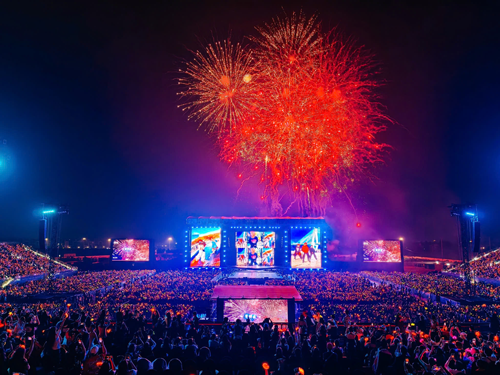
G-Dragon's concert in Hanoi sets a record for the international show with the largest number of viewers in Vietnam (Photo: ELECTRONIC INFORMATION PORTAL OF THE MINISTRY OF CULTURE, SPORTS AND TOURISM)
According to Booking.com’s Travel Trends 2025 Report, 68% of Vietnamese travelers are inspired to travel by social media, while 33% are influenced by movies or TV shows. This shows that cultural content is directly influencing travelers’ travel intentions. For many travelers, it is music events that motivate them to travel, not the destination.

Mr. Le Minh Tuan, Deputy Director of the Copyright Department, Ministry of Culture, Sports and Tourism, said that cultural tourism will help connect and develop Vietnam's cultural industries. Prof. Dr. Dao Manh Hung, Chairman of the Vietnam Tourism Training Association, affirmed that cultural industry and tourism are two pillars that together create sustainable development values. Tourism is the most effective channel to promote cultural industry, and at the same time, cultural industry provides tourism with unique products imbued with national identity, contributing to enhancing the competitiveness of destinations.
Emphasizing that cultural tourism is identified as an important pillar of cultural industry, Vice President of Vietnam Tourism Association Nguyen Hong Hai also said that the combination of sustainable tourism and cultural industry is an inevitable trend, in line with the orientation of knowledge-based economic development, green growth and heritage conservation. More and more cultural tourism, heritage tourism and creative tourism products are being formed, becoming the unique brands of each locality. These include Hue Festival, Buon Ma Thuot Coffee Festival, Northwest Culture - Tourism Week, Central Highlands Gong Cultural Space, etc. These events not only attract tourists, but also widely spread the image of Vietnamese culture to the world.
In the field of cinema, Dr. Ngo Phuong Lan - President of the Vietnam Association for the Promotion and Development of Cinema, Director of the Da Nang Asian Film Festival (DANAFF) - said that DANAFF has helped build the foundation of an ecosystem for training creative talents in the Central region and Vietnam. This event has also made Da Nang a new convergence point for Asian cinema talents, promoting international cinema cooperation and enhancing Vietnam's position on the regional cinema map.
In fact, in the past, commercial cinema was a private game, but now the state and private sectors "go to war" together. "Red Rain" by Army Cinema set a box office record with over 700 billion VND, while the action film "Fighting in the Sky" produced by People's Police Cinema in collaboration with Galaxy Group had a revenue of over 250 billion VND.
Similarly, many experts also emphasize the need for specific orientation to develop cultural and artistic products into unique products, gradually moving towards cultural export. Performing arts must become a "gold mine" in the development of cultural industry with economic, cultural and social benefits.
Removing institutional bottlenecks
According to experts, by 2030, the number of economic establishments operating in this field will increase by an average of 10% per year; export value will increase by 7% per year. The vision to 2045 aims for a sustainably developed cultural industry, contributing 9% of GDP, the workforce accounting for 8%, in which digital cultural industry products account for over 80% of total products.
Vietnam strives to become a developed country in the cultural industry and entertainment industry in the Asian region, contributing to affirming the country's position on the world cultural industry map. Minister of Culture, Sports and Tourism Nguyen Van Hung said that the strategy still identifies 10 cultural industry sectors, prioritizing areas where Vietnam has advantages, in the direction of "taking shortcuts". The priority areas include: performing arts, cinema, software and entertainment games; advertising; cultural tourism... are areas where Vietnamese people have a lot of creative potential.
The Minister also pointed out three pillars of development, which are: Creators - promoting the creative role of artists and people; Enterprises - where creative ideas are turned into products and goods; and finally the State - the role of policy creation. According to the plan, the Government is proposing to the National Assembly to build the Law on Culture and Information Technology in the direction of creating development, in order to institutionalize and promote the substantial development of the culture and information technology sector.
Associate Professor, Dr. Nguyen Thi Thu Phuong - Director of the Vietnam Institute of Culture, Arts, Sports and Tourism - said that we have had a unified policy, strategy, and awareness of the role of cultural industries. However, the biggest bottleneck today is not in the vision, but in the institutions. The current institutional framework for developing cultural industries is still scattered according to each state management field; there is a lack of a strong enough coordination mechanism to connect culture - creativity - science and technology - tourism - trade - urban areas; there is a lack of tools to encourage private investment and public-private partnership; there is a lack of policy testing corridors (sandboxes) for new models.
And especially the lack of flexible operating mechanisms at the local level, especially in creative urban centers. The lack of synchronous institutions makes the potential of the cultural and industrial sectors not really become a driving force for development.
Sharing this view, Associate Professor Dr. Bui Hoai Son, a full-time member of the National Assembly's Committee on Culture and Society, said that in order for the cultural industry to contribute 7% of GDP by 2030, we cannot follow the old path, but need truly breakthrough mechanisms - mechanisms that pave the way for creativity, technology, businesses and Vietnamese talent to break through.
First of all, we need a legal ecosystem that is ahead of reality. The experiences of Korea, the UK, China and Singapore show that there is no strong cultural industry without a transparent and open legal corridor. Vietnam needs to quickly complete laws related to copyright - related rights, laws on artistic activities, cinema law (effective implementation) and digital transformation law in the cultural field.
Licensing procedures need to be simplified as much as possible; barriers in film production, performance organization, creative advertising, and copyright export need to be removed so that businesses truly "dare to do - dare to invest - dare to create".
Second, we need a breakthrough financial mechanism and investment incentives. The development of the cultural industry relies on the commitment of businesses in high-risk areas such as cinema, games, music, design, and fashion. Therefore, Vietnam must boldly apply tax incentives, land rent exemptions and reductions, creative support funds, and preferential credit for potential cultural projects.
Third, developing large-scale creative infrastructure is an indispensable condition. We need modern film studios, design centers, multidisciplinary creative zones, open art spaces, and specialized cultural clusters in Hanoi, Ho Chi Minh City, Da Nang, Hue, and Hai Phong. These will be places where creative businesses converge, train human resources, and connect artists, technology, and markets. Creative infrastructure is the "destination" of talent and the foundation for cultural products to reach international quality.
Fourth, it is necessary to plan and train high-quality creative human resources. The arts and culture industry requires intelligence, courage, digital skills and international thinking. By 2030, Vietnam will need tens of thousands of workers in the fields of film special effects, game design, event management, digital content production, creative marketing, arts management, etc.
(*) See Lao Dong Newspaper from November 16 issue
This morning, the 4th seminar on cultural industry
The Lao Dong Newspaper held its 4th seminar to discuss solutions for developing the cultural industry this morning (November 19), with the theme: "Effectively exploiting traditional and historical elements and values to develop Vietnam's cultural industry" at the newspaper's headquarters (123 Vo Van Tan, Xuan Hoa Ward, Ho Chi Minh City), reported online on the electronic newspaper.
Over the past two years, the Lao Dong Newspaper - the agency of the Ho Chi Minh City Party Committee, has continuously organized three seminars to discuss and find solutions to develop Vietnam's cultural industry.
On November 14, the Prime Minister signed Decision No. 2486/QD-TTg approving the Strategy for the development of Vietnam's cultural industries to 2030, with a vision to 2045. On this basis, along with the recognition of the great success of recent events - projects - works such as the film "Red Rain", the national concert program "Fatherland in the Heart"..., Nguoi Lao Dong Newspaper continues to organize the 4th discussion.
Guests and speakers attending include: Mr. Le Minh Tuan, Deputy Director of the Copyright Department, Ministry of Culture, Sports and Tourism; Mr. Nguyen Ngoc Hoi, Deputy Director of the Department of Culture and Sports of Ho Chi Minh City; Mr. Nguyen Minh Hai, Head of the Propaganda, Press and Publishing Department - Propaganda and Mass Mobilization Committee of the Ho Chi Minh City Party Committee; Mr. Le Nguyen Hieu, Standing member of the Presidium of the Union of Literature and Arts Associations of Ho Chi Minh City; Associate Professor, Dr. Nguyen Thi My Liem, Vice President of the Ho Chi Minh City Music Association...
Experts, directors, producers, artists, and guests include: Lieutenant Colonel, Meritorious Artist Dang Thai Huyen - director of the movie "Red Rain"; actor Steven Nguyen - role of Quang in the movie "Red Rain"; actor Do Nhat Hoang - role of Cuong in the movie "Red Rain"; actor Dinh Khang - role of Tu in the movie "Red Rain"; producer, director, screenwriter Mai The Hiep; film critic Le Hong Lam; Mr. Nguyen Hoang Hai, Content Director of CGV Vietnam; singer Dam Vinh Hung; music producer Khanh K-ICM; director Kawaii Tuan Anh; producer Hoa Prox...
Mr. Khue
If we want our cultural products to be accepted by the world, we need to affirm the Vietnamese identity in each work, each product, each creative service. "Vietnam's soft power" must be recognized, communicated and turned into a national cultural diplomacy strategy. This is the key for Vietnamese cinema, music, cuisine, game design, and fashion to compete in the volatile global market.
.
Source: https://nld.com.vn/phat-trien-cong-nghiep-van-hoa-viet-nam-xay-dung-thuong-hieu-quoc-gia-ve-van-hoa-196251118211129695.htm



![[Photo] The Standing Committee of the Organizing Subcommittee serving the 14th National Party Congress meets on information and propaganda work for the Congress.](https://vphoto.vietnam.vn/thumb/1200x675/vietnam/resource/IMAGE/2025/11/19/1763531906775_tieu-ban-phuc-vu-dh-19-11-9302-614-jpg.webp)

![[Photo] General Secretary To Lam receives Slovakian Deputy Prime Minister and Minister of Defense Robert Kalinak](https://vphoto.vietnam.vn/thumb/1200x675/vietnam/resource/IMAGE/2025/11/18/1763467091441_a1-bnd-8261-6981-jpg.webp)
![[Photo] Prime Minister Pham Minh Chinh and his wife meet the Vietnamese community in Algeria](https://vphoto.vietnam.vn/thumb/1200x675/vietnam/resource/IMAGE/2025/11/19/1763510299099_1763510015166-jpg.webp)





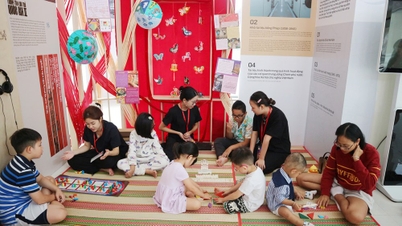


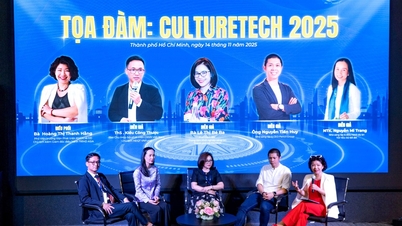
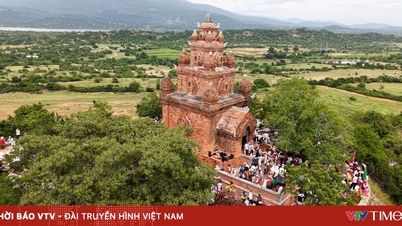








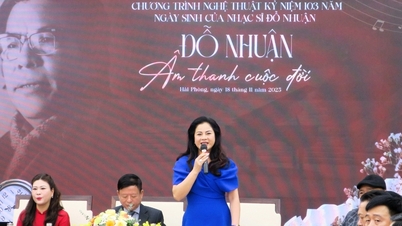





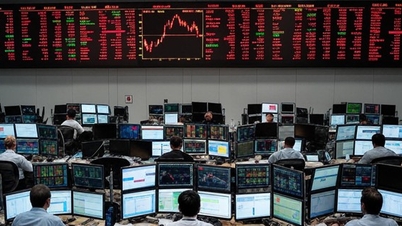

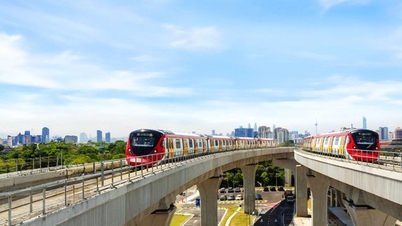
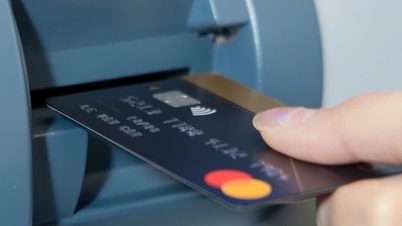

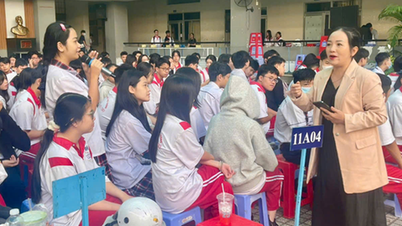
![[Photo] General Secretary To Lam receives CEO of AP Moller-Maersk Group, Denmark](https://vphoto.vietnam.vn/thumb/1200x675/vietnam/resource/IMAGE/2025/11/18/1763462288958_a3-bnd-8222-2510-jpg.webp)








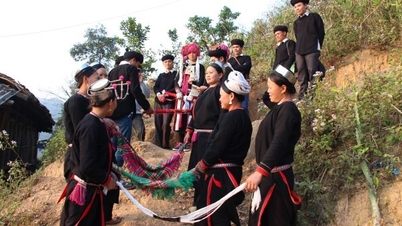


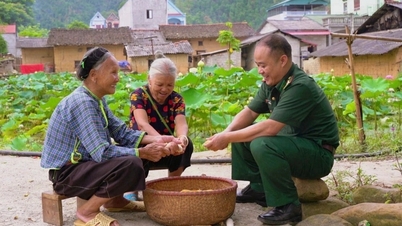








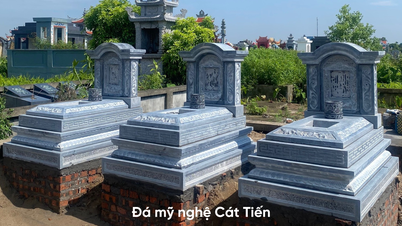



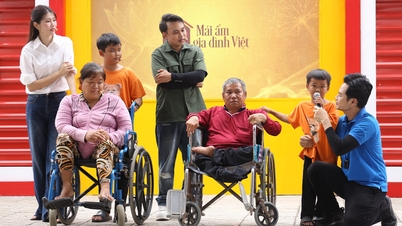
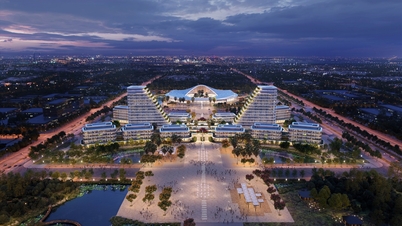
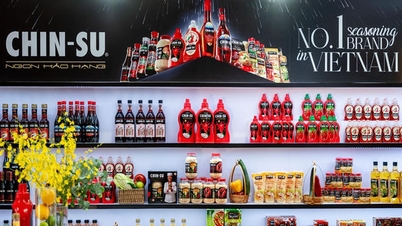




















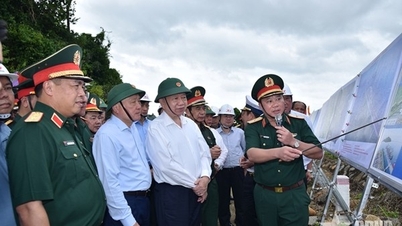


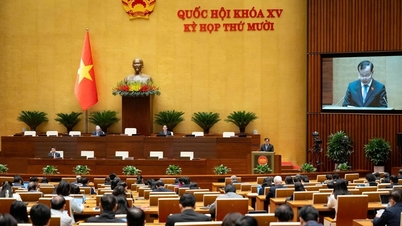



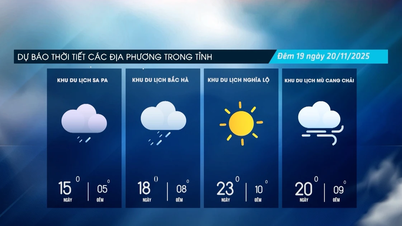
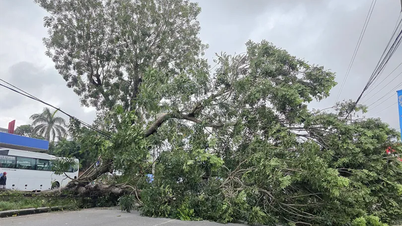




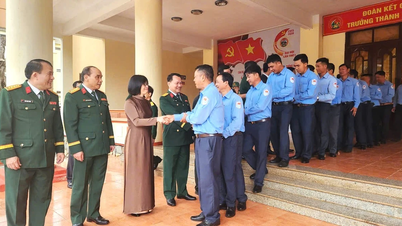















Comment (0)